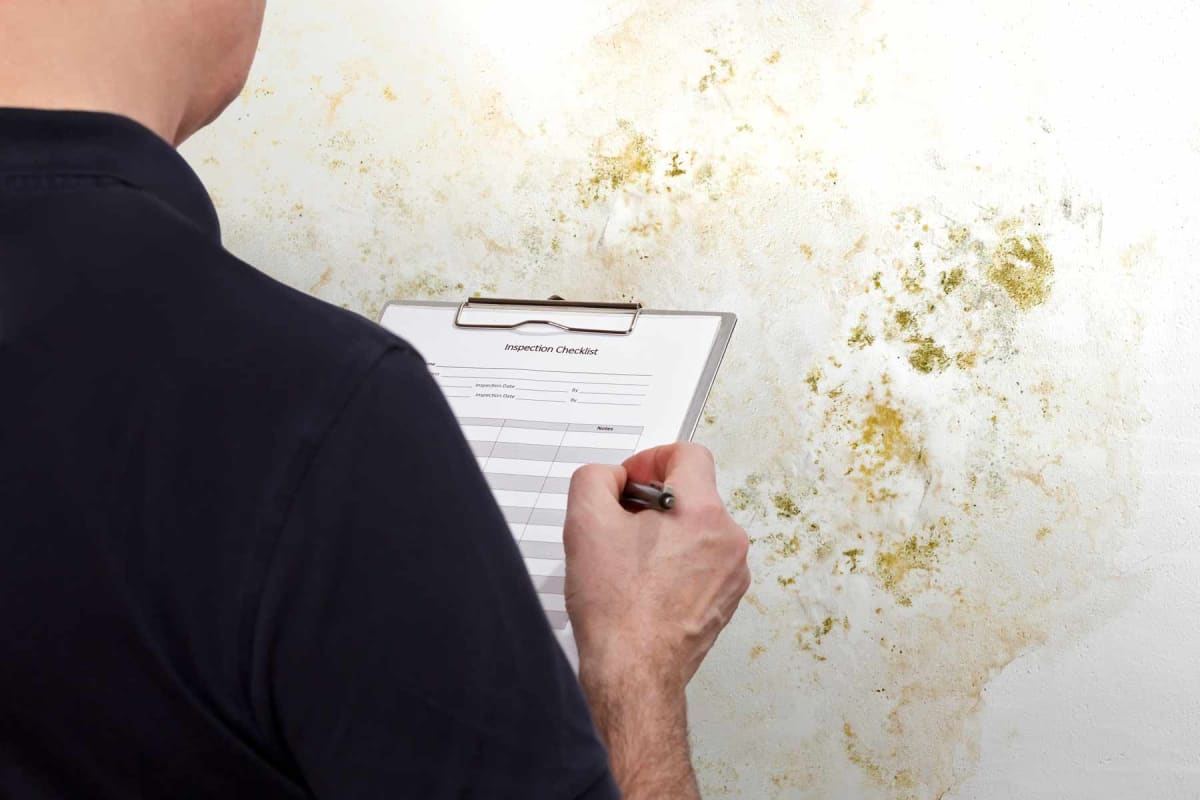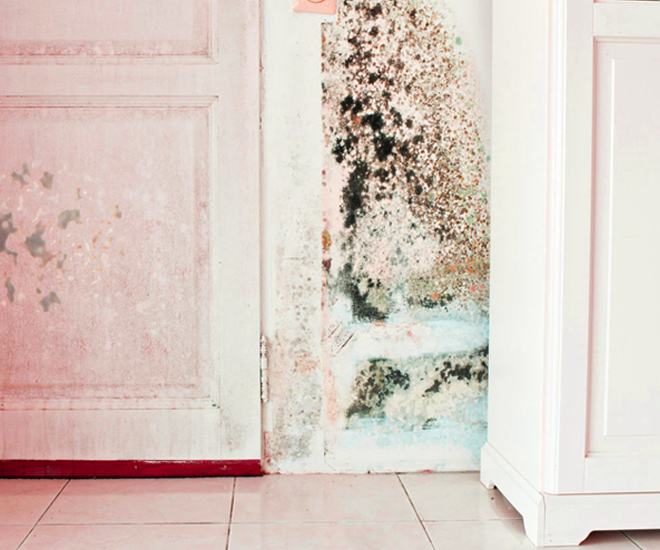Guidance on What to Do After Mold Remediation
Your Ultimate Guide to Article Mold Remediation Methods
Browsing the realm of post-mold removal strategies is a thorough process that requires interest to detail and a detailed understanding of the details entailed. In the after-effects of mold problem, recognizing exactly how to efficiently eradicate the mold and mildew and stop its reoccurrence is vital for preserving a healthy interior atmosphere. From choosing the best cleaning and sanitizing techniques to carrying out methods for long-lasting mold avoidance, each step in the removal trip plays a vital function in guaranteeing an effective result. As we embark on this expedition of post-mold removal methods, we will certainly uncover the key approaches and ideal methods that can assist you restore your area to its pre-mold condition and protect it against future mold dangers.
Recognizing Post-Mold Removal Process
After completing the mold and mildew removal process, it is critical to understand the post-mold removal strategies that are necessary to make sure a comprehensive and effective cleaning. Once the mold and mildew has actually been removed, the following action includes cleaning and disinfecting the influenced locations to avoid any regrowth of mold. This includes using specialized cleaning up agents to wipe down surface areas and eliminate any continuing to be mold and mildew spores. It is important to dry the location completely to prevent the development of mold in the future (Post Mold remediation cleaning). Appropriate ventilation and dehumidification can aid in this process.
Furthermore, performing a final evaluation post-remediation is vital to guarantee that all mold has actually been effectively eradicated. If the evaluation exposes any type of remaining mold, additional removal might be needed.
Efficient Cleaning Up and Sanitizing Methods

Protecting Against Future Mold And Mildew Development

Significance of Correct Air Flow
Proper air flow plays an important role in preventing dampness accumulation, a key element in mold and mildew growth within indoor environments. Efficient ventilation systems help remove excess humidity from the air, lowering the opportunities of mold and mildew spores locating the dampness they require to sprout and spread out. Without appropriate ventilation, indoor rooms can become a breeding place for mold and mildew, bring about prospective health risks and architectural damage.
By ensuring correct air blood circulation, air flow systems can also aid in drying out imp source wet areas more swiftly after water damage or flooding occurrences, even more hindering mold development. Post Mold remediation cleaning. Precede like shower rooms, attic rooms, cellars, and kitchens where wetness degrees often tend to be greater, mounting and keeping effective ventilation systems is important in protecting against mold and mildew infestations

Monitoring and Maintenance Tips
Provided the vital function that proper air flow plays in stopping mold and mildew development, it is necessary to develop reliable surveillance and upkeep tips to guarantee the ongoing performance of ventilation systems. Routine inspections of ventilation systems ought to be conducted to check for any type of indications of blockages, leaks, or malfunctions that could impede proper air movement. Monitoring humidity levels within the residential or commercial property is likewise crucial, as high humidity can contribute to mold development. Installing a hygrometer can assist track moisture levels and why not look here sharp property owners to any kind of spikes that may need attention. In addition, making sure that air filters are routinely cleansed or changed is essential for keeping the effectiveness of the air flow system. Carrying out a schedule for routine upkeep tasks, such as duct cleansing and cooling and heating system examinations, can assist protect against concerns prior to they escalate. By remaining alert and proactive to the problem of air flow systems, property owners can properly reduce the danger of mold and mildew regrowth and keep a healthy interior environment.
Verdict
Finally, post-mold remediation strategies are necessary for making sure a safe and tidy setting. Comprehending the process, implementing reliable cleansing and sanitizing methods, avoiding future mold development, keeping correct ventilation, and regular monitoring are all essential steps in the remediation process. By following these guidelines, you can successfully remove mold and mildew and prevent its return, advertising a healthy living or functioning area for all residents.
In the consequences of mold invasion, knowing just how to properly remove the mold and avoid its reoccurrence is paramount for maintaining a healthy interior atmosphere. When the mold has actually been eliminated, the following action involves cleansing and sanitizing the affected locations to avoid any regrowth of mold and mildew - After mold remediation. After eliminating noticeable mold development, it is crucial to cleanse all surfaces in the damaged area to eliminate any kind of remaining mold spores. To additionally boost mold avoidance measures, it is vital to resolve underlying issues that at first led to mold development.Provided the essential role that correct air flow plays in protecting against mold growth, it is essential to develop remove mold bathroom wall effective tracking and maintenance ideas to make sure the continued functionality of ventilation systems